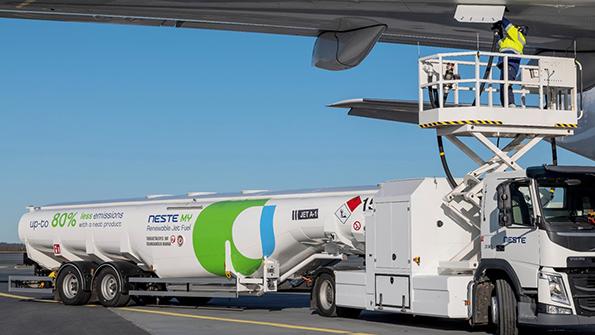
The commitment by IATA member airlines at the AGM in Boston in 2021 to be carbon net zero by 2050 was remarkable.
But the airlines also knew they had no choice. At the previous in-person AGM, in Seoul in 2019 before the pandemic struck, there was a mixed message. On the one hand, airlines as a collective were celebrating multiple consecutive years of profitability and growth. Passenger growth projections were upward, seemingly unstoppable, until a virus dictated otherwise. Also at Seoul, however, senior airline executives began grappling with, and seemed shocked by, a new and rapidly growing movement of “flight shaming” among those who, far from celebrating the air transport’s growth, wanted it to be abruptly curtailed in the name of planet Earth.
The industry is now chastened and impoverished by COVID but also keen to reconnect and fly again. IATA forecasters estimate more than 10 billion people will fly in 2050. When people meet in person and exchange cultures, ideas, trade and investment, the outcome is more understanding, innovation and creativity.
But each year, the climate change numbers get more dire. Researchers say there’s a 66% chance that the 1.5 degrees Celsius global warming threshold will be breached between now and 2027. Even a single-year breach will have an impact on food supplies, living conditions, livelihoods and ecosystems worldwide.
The air transport industry has done far more than most fossil-fuel reliant industries to greatly reduce its impact not just with CO2 emissions but also with noise, waste and single-use plastic reductions.
But more must be done and more quickly; 2050 is simply too far off given the increasingly urgent climate change warnings. If the industry wants to fully restore growth to 2019 projections, as it should, the step changes between now and 2050 must be steeper.
It’s not that airlines don’t want to reduce their emissions sooner; the stark reality is they can’t. New aircraft and engine technologies won’t be available on the scale needed by that time.
The single biggest, currently available pathway to fast-tracking decarbonization of commercial air travel is via greater availability and use of sustainable aviation fuels (SAF). IATA says SAF is likely to achieve 65% of the 2050 goal. But airlines are not SAF producers, although many have formed partnerships with them to demonstrate their commitment to buying as much SAF as possible. The key to growing the SAF supply, however, lies with governments. Incentivizing policies and tax credits, like the US SAF credit and SAF Roadmap, are the right way to go. A4A successfully campaigned for those incentives and US airlines have committed to making 3 billion gallons of cost-competitive SAF available by 2030.
That common-sense approach should be adopted by governments worldwide, working with airlines to make CO2 reduction goals achievable sooner, rather than imposing mandates to buy what doesn’t exist. That will make the industry’s 2030 and 2040 sustainability steps as important and impactful as the 2050 goal.
